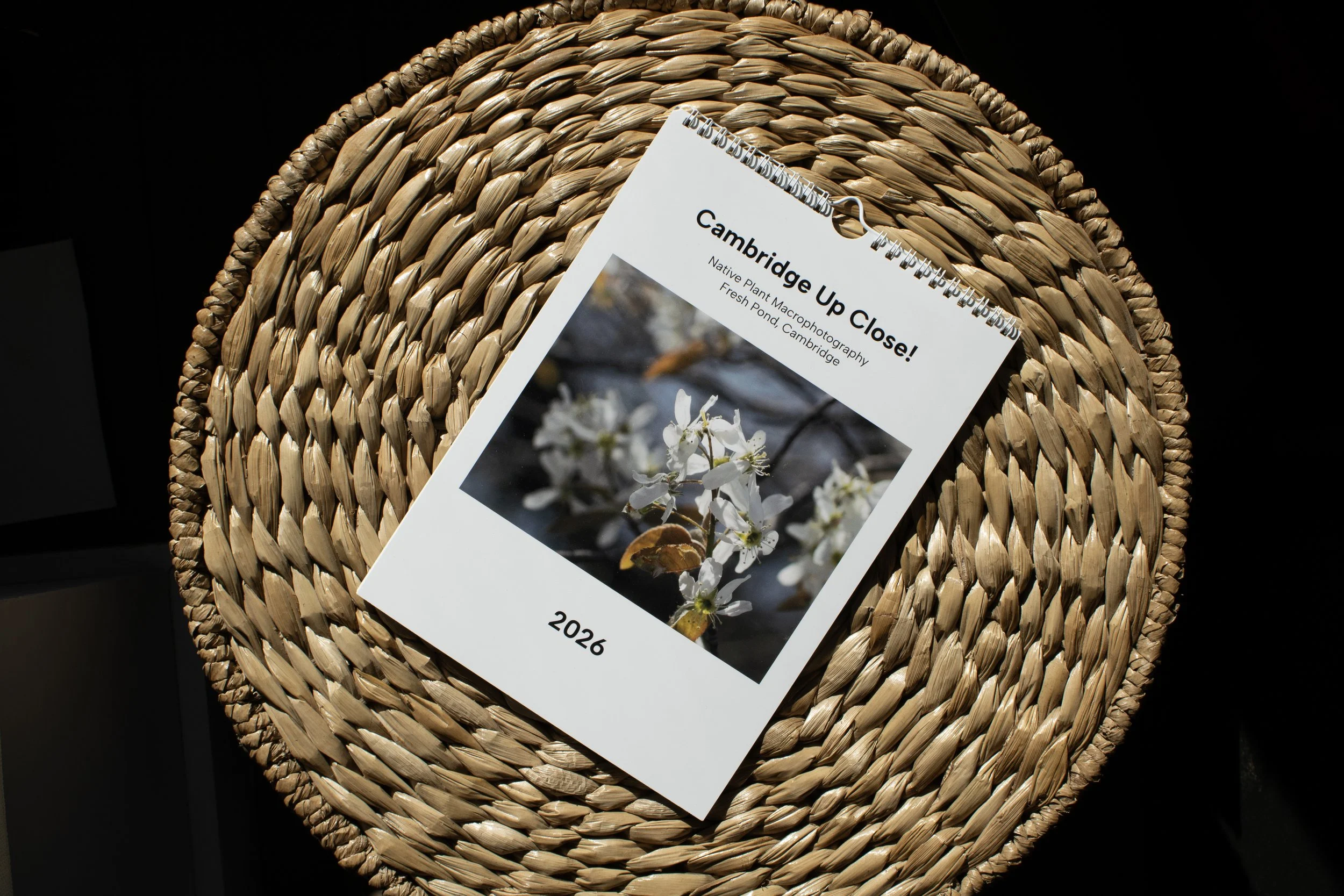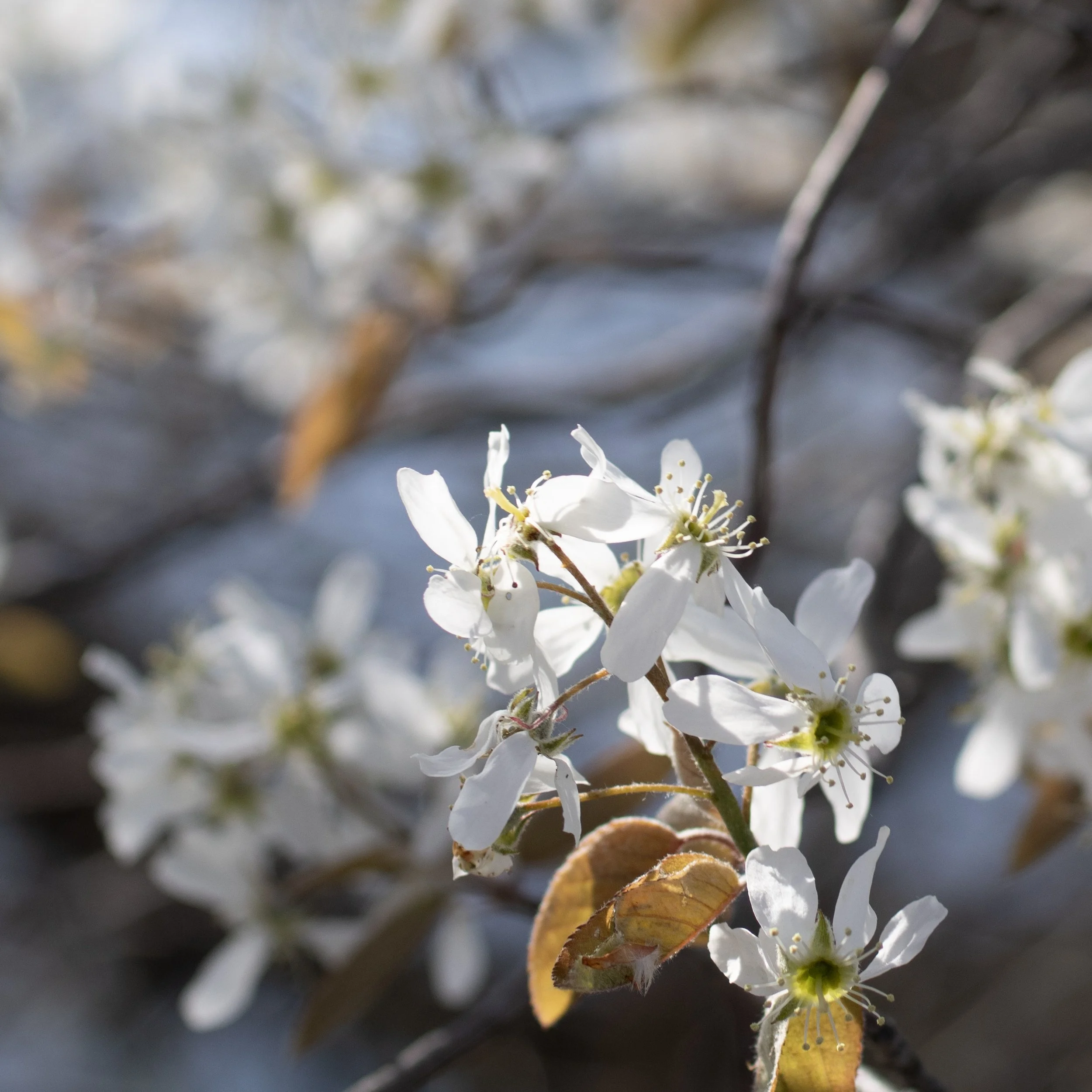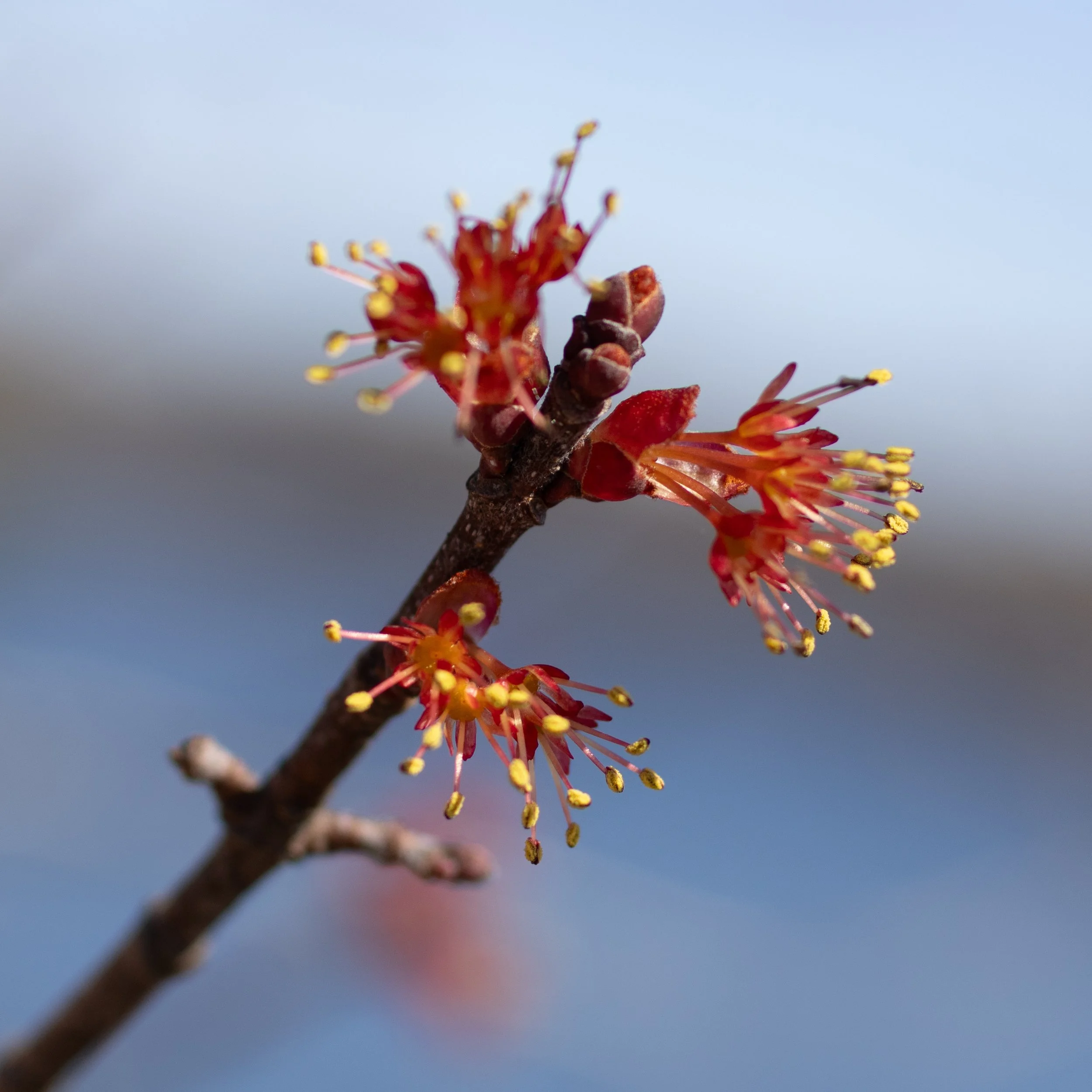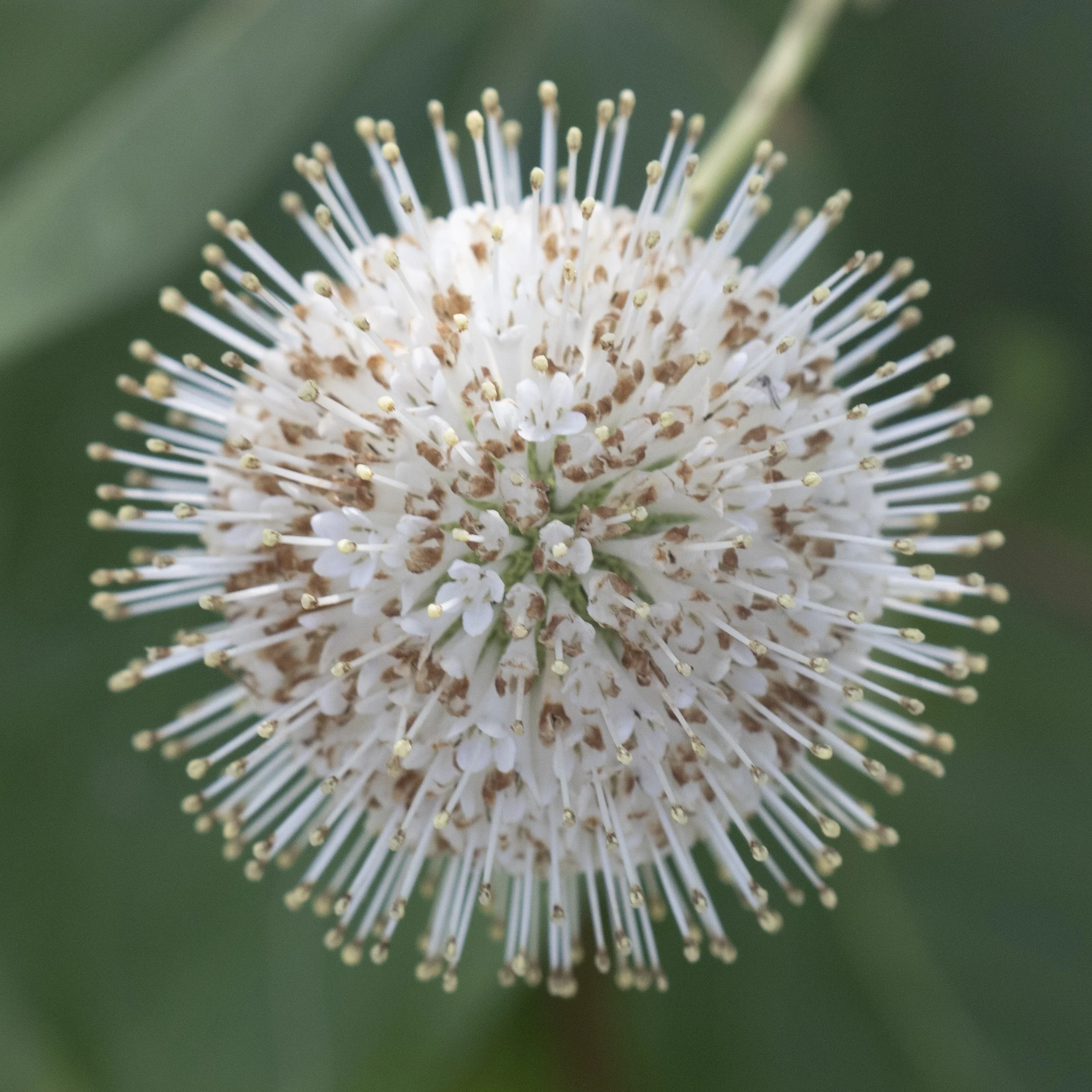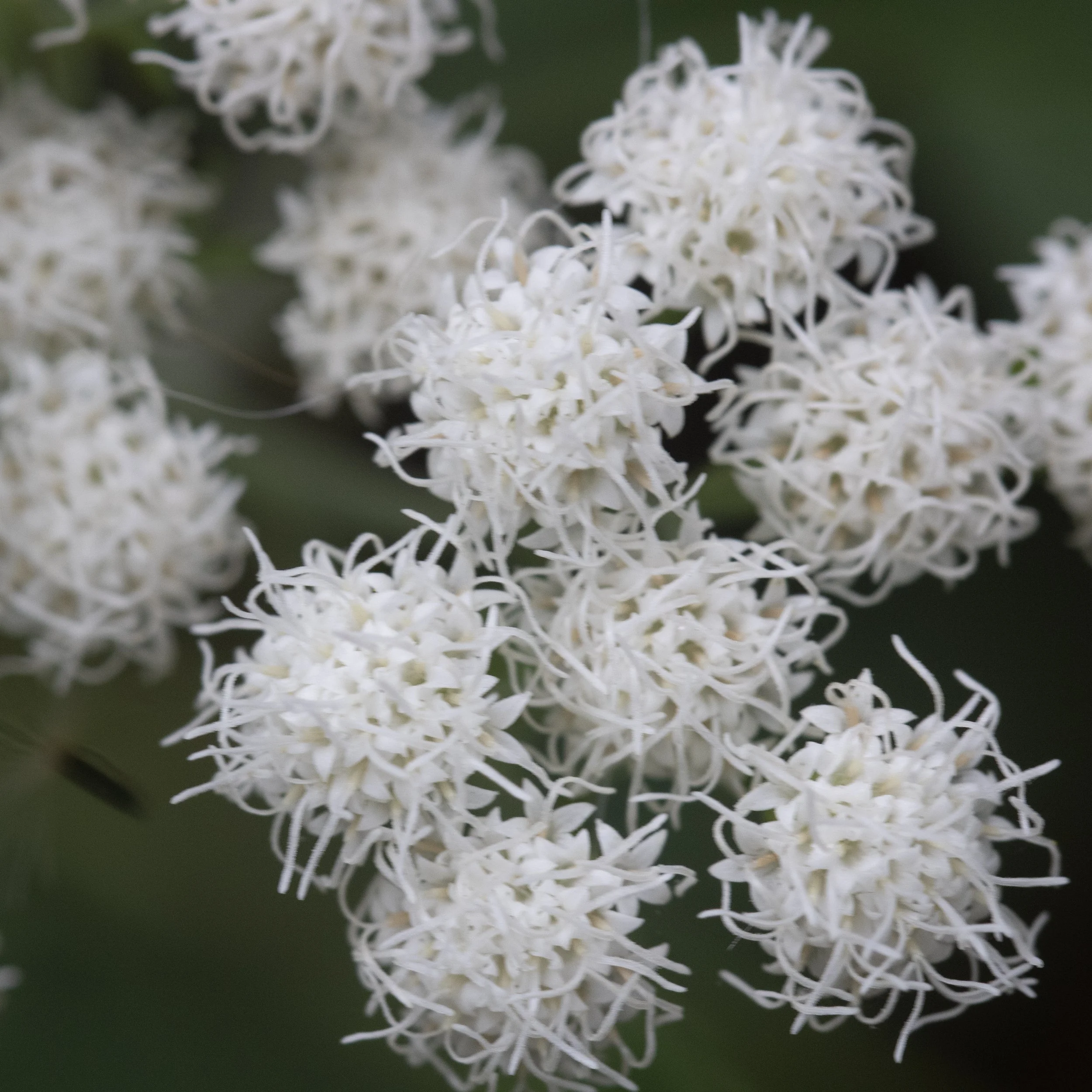Native Flora of Cambridge
Native Plant Macro Photography
Fresh Pond, Cambridge
2026 Calendar and Notecards
This webpage is a companion to the 2026 calendar I designed to help raise funds for the Amigos School’s 8th grade school trip in 2026. The calendar is a compilation of native plants found in the Fresh Pond Reservation along the pond’s main path, the Fresh Pond Perimeter Road.
Map of Fresh Pond
Source: https://www.cambridgema.gov/GIS/mapgallery/citywidemaps
FRONT COVER
Amelanchier laevis
Common names: Allegheny serviceberry, Allegheny shadbush (or shadberry), Smooth shadbush, Smooth serviceberry, and Allegheny juneberry.
Amelanchier laevis (Allegheny Serviceberry) is a large deciduous shrub or small multi-trunked tree of dense, fine-textured branching habit with purplish to bronze young leaves. In mid-spring, abundant sprays of small, slightly fragrant, white flowers emerge as the leaves unfurl. Attractive to pollinators, they are followed by small, round, tasty, dark purplish-black berries in early summer. The berries are often used in jams, jellies, and pies if not eaten by the birds. The foliage of smooth, lustrous dark green, oval leaves, turns to brilliant shades of orange and red in the fall. The smooth, gray bark is adorned with white, longitudinal stripes that can be admired in winter. Very easy to grow, Allegheny Serviceberry provides year-round interest in the garden. (Source: https://www.gardenia.net/plant/amelanchier-laevis)
JANUARY
Acer rubrum
Common names: Red Maple, Scarlet Maple, Swamp Maple, Canadian Maple
Acer rubrum (Red Maple) is a beautiful, fast-growing deciduous tree known for its stunning seasonal color and adaptability. Valued for its vibrant red flowers, stems,and autumn foliage, it is one of the most iconic native trees in eastern North America. Red Maple thrives across diverse habitats, from moist bottomlands to drier uplands, and its versatility makes it a popular choice in residential landscapes, parks, and urban environments. It is the state tree of Rhode Island. (Source: https://www.gardenia.net/plant/acer-rubrum)
FEBRUARY
Mertensia virginica
Common names: Bluebells, Virginian Bluebells, Blue and Pink Ladies, Blue Iris, Chiming Bells, Kentucky Bluebells, Roanoke Bells, Smooth Lungwort, Tree Lungwort, Virginian Cowslip, Virginian Spiderwort
One of the earliest spring bloomers, Mertensia virginica (Virginian Bluebells) is a compact, clump-forming herbaceous perennial boasting terminal clusters of nodding, trumpet-shaped violet-blue flowers, 1 in. (2.5 cm), in early to mid-spring. Opening from pink flower buds, the charming blossoms emerge pink before turning sky-blue. They last for many weeks and attract bees, butterflies, hummingbirds, and moths. The foliage of smooth, oval, soft blue-green leaves, 4 in. long (10cm), dies to the ground by mid-summer as the plant goes dormant. Combine Virginian Bluebells with summer annuals or shade-loving perennials to fill the gaps left by the dormant plants. Enthralled by its unusual beauty, this wildflower has captured the hearts of many gardeners. Easy to grow, this spring ephemeral deserves a spot in the spring garden for the pleasure it provides. (Source: https://www.gardenia.net/plant/mertensia-virginica)
MARCH
Tilia Americana
Common name: American Linden, American Basswood, American Lime, Lime Tree, Bee Tree
Stately and imposing, Tilia americana (American Basswood) is a large deciduous tree adorned with an ovate-rounded crown boasting large ovate dark green leaves, up to 6 in. long (15 cm), turning, at best, yellow-green in the fall. In early summer, creamy-yellow, fragrant flowers appear in drooping cymes. Rich in nectar, they are highly attractive to bees and contribute to the production of a strongly flavored honey. The blossoms are followed by hard-shelled nutlets that ripen in late summer. The bark is smooth, shiny and gray to brown on young trees, becoming scaly, ridged and furrowed on mature trees. A beautiful shade and street tree. (Source: https://gobotany.nativeplanttrust.org/species/tilia/americana/)
APRIL
Asclepias syriaca
Common name: Common Milkweed, Common Silkweed, Milkweed, Silk Grass, Silky Swallow Wort, Virginian Silk
Asclepias syriaca, commonly known as Common Milkweed, is a robust herbaceous perennial native to North America. As one of the most well-known milkweed species, it plays a critical role in supporting monarch butterflies and other pollinators. This plant thrives in meadows, roadsides, and open fields, where it spreads readily through underground rhizomes, forming dense colonies. Its fragrant, globe-shaped flower clusters and broad leaves make it an excellent choice for wildlife-friendly gardens. (Source: https://www.gardenia.net/plant/asclepias-syriaca)
MAY
Carpinus caroliniana
Common name: American Hornbeam, Musclewood, Blue Beech, Water Beech, Ironwood
Attractive in all seasons, Carpinus caroliniana (American Hornbeam) is a slow-growing, small to medium-sized deciduous tree of upright-spreading habit with a rounded crown. The branches are covered with ovate, serrated, and prominently veined leaves, 2-5 in. long (5-12 cm). Emerging reddish-purple in spring, the foliage turns dark green as the season progresses before turning shades of yellow to orange-red in the fall. The flowers appear in spring in separate male and female catkins. The female catkins are followed by distinctive clusters of winged nutlets. Hanging at the tip of the branches, they can be seen through late spring to early fall. In winter, the fluted blue-gray bark with long, sinewy ridges makes Carpinus caroliniana a lovely addition to the landscape. Native to eastern NorthAmerica, American Hornbeam is a wonderful understory tree that is useful as a specimen or in groupings for shady landscapes. It is great for naturalizing along the edges of woodlands and streams or as a street or lawn tree. (Source: https://www.gardenia.net/plant/acer-rubrum)
JUNE
Phytolacca americana
Common name: American Pokeweed
American pokeweed has been used as food and medicine, although it can be very poisonous. The young leaves can be eaten after lengthy boiling in two changes of water to leach out the toxins. A wide variety of chemicals have been isolated from pokeweed that have antiviral and other medicinal properties, and Native Americans have used the plant in herbal medicine. The berries are poisonous to humans but have been used to make dye, and are a favored food of migrating songbirds. (Source: https://gobotany.nativeplanttrust.org/species/phytolacca/americana/)
JULY
Spiraea alba
Common name: White Meadowsweet
Spiraea alba (White Meadowsweet) is a woody deciduous shrub bearing erect, unbranched stems clad with narrow, sharply serrated, medium green leaves. The foliage turns golden-yellow in fall. In early summer to early fall, dense pyramidal clusters, 3-4 in. long (7-10 cm), packed with tiny white or pale pinkish flowers, appear at the tips of the branches. Blooming for about 1-2 months, the flowers produce nectar and pollen, which attract bees, bumblebees, moths, and other pollinating insects. The blossoms are followed by fruits that contain 5 pods-shaped follicles, which burst open in the fall, thus allowing the seeds to disperse. Birds feast on them during the fall and winter. White Meadowsweet is typically found in wet prairies and along the edges of streams, marshes, or bogs. White Meadowsweet is most suitable for naturalistic landscaping. It also does well in cottage gardens where it can grow in full sun yet have its feet wet or moist. (Source: https://www.gardenia.net/plant/spiraea-alba)
AUGUST
Erigeron annuus
Common name: Annual fleabane
Annual fleabane is a herbaceous annual native to the eastern United States but introduced across much of North America. As a pioneer of recently disturbed areas, it is an agricultural and pasture weed in some areas. (Source: https://gobotany.nativeplanttrust.org/species/erigeron/annuus/)
SEPTEMBER
Cephalanthus occidentalis
Common name: Common Buttonbush, Buttonbush, Globe-Flowered Bush, Honey Bells, Little Snowballs, Swamp Globeflower, Button Willow
A wonderful butterfly magnet, Cephalanthus occidentalis (Button Bush) is a multi-stemmed, deciduous shrub of lax and loose, rounded habit. In early summer to early fall, it boasts long-lasting, unusual, spherical flower heads, 1.5 in. across (4 cm). Resembling pincushions, each scented flower head is packed with creamy white, tubular flowers that are very attractive to hummingbirds, butterflies, and other insect pollinators. They mature into hard buttonlike balls in late summer, which usually persist throughout the winter. The foliage of oval, glossy bright green leaves, 6 in. long (15 cm), is attractive. Button Bush is a handsome ornamental shrub suited to wet soils. In a naturalized landscape where excess moisture is available, at the edge of ponds or wetlands, it is a reliable performer. (Source: https://www.gardenia.net/plant/cephalanthus-occidentalis)
OCTOBER
Juniperus virginiana
Common name: Eastern Red Cedar, Cedar Oil Tree, Pencil Cedar, Red Cedar, Virginia Cedar, Virginia Juniper, Red Juniper
The Eastern Red Cedar (Juniperus virginiana) is a hardy, evergreen conifer known for its dense, aromatic foliage and rugged adaptability. Despite its name, it is not a true cedar but a species of juniper. This versatile tree is native to North America, thriving in diverse habitats from rocky outcrops to moist bottomlands. Highly valued for its ornamental beauty, timber, and ecological benefits, it is a staple in both urban and rural landscapes. (Source: https://www.gardenia.net/plant/juniperus-virginiana )
NOVEMBER
Solidago juncea
Common name: Early Goldenrod
Early goldenrod is a herbaceous perennial and one of the earliest flowering goldenrods. Native Americans used it medicinally to treat fever, nausea, and diarrhea. (Source: https://gobotany.nativeplanttrust.org/species/solidago/juncea/)
DECEMBER
Ageratina altissima
Common name: White Snakeroot
Ageratina altissima (White Snakeroot) is a clump-forming, spreading, herbaceous perennial boasting flat-topped clusters of small, fluffy, bright white flowers in summer and fall. Borne atop erect, strong branching stems, the long-lasting blossoms are attractive to bees, butterflies and moths in search of nectar. Long-stalked, sharp-toothed, gray-green, nettle like leaves, 3-6 in. long (7-15 cm), are paired along the stems. Native to North America, White Snakeroot provides a wonderful garden presence and late season flowers at a time when choices may be limited. Use it in the informal setting of a cottage garden or allow it to naturalize in a woodland garden. (Source: https://www.gardenia.net/plant/ageratina-altissima)

